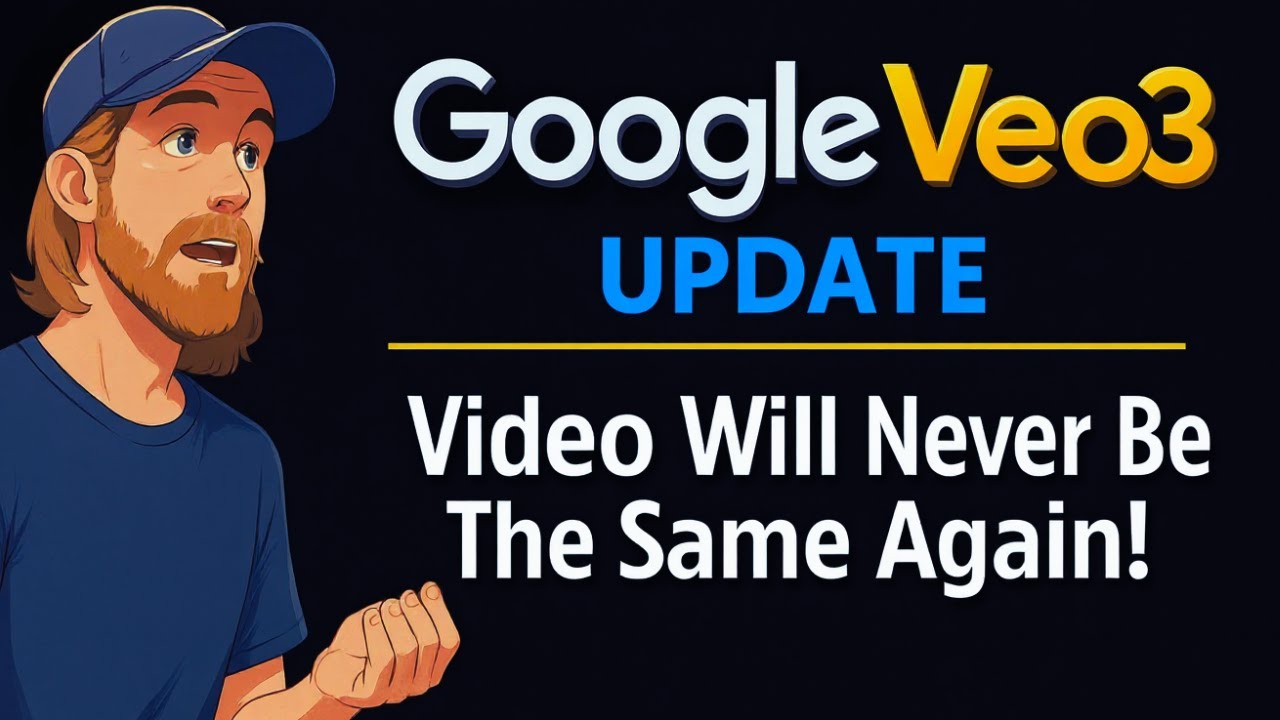The Google VO3 update introduces the ability to generate speech-synced videos from user-uploaded images, significantly improving character consistency, creative control, and storytelling in AI video creation. This advancement enables more dynamic, coherent, and cost-effective video generation, opening new possibilities for artistic and narrative applications.
The video discusses a significant update to Google’s VO3, highlighting its new capability to support speech in “frames to video” generation. This means users can now upload their own images and convert them into videos with synchronized speech, enhancing consistency and creative control. The update also includes improvements like better audio coverage, fewer unwanted subtitles, and bug fixes. The presenter demonstrates how to use the new feature by uploading images, adding dialogue, and generating videos using the V3 fast option, which is cost-effective and efficient.
A key part of the video showcases the workflow of creating consistent characters and scenes using the new update. The presenter uses an image editing model called Flux Context Pro to maintain character consistency across multiple frames, allowing for smooth transitions between scenes, such as moving from a selfie to a car setting. This approach enables more natural and coherent storytelling in AI-generated videos, which was previously challenging due to inconsistencies in character appearance and movement.
The presenter also experiments with creative applications of the update, such as transforming famous images like the Mona Lisa into new scenes and narratives. By using step-by-step image editing and then converting these images into videos with dialogue, the video illustrates the flexibility and potential of the update for artistic and storytelling purposes. Although some image quality and artifact issues remain, the overall results are promising and demonstrate the power of combining image editing with AI video generation.
Another interesting use case shown is generating dynamic scenes with objects like a steampunk Lamborghini. The presenter creates multiple angles of the car driving through a suburban street and stitches these frames together to produce smooth transitions. This example highlights how the update allows for more complex and visually engaging videos by leveraging user-provided images and prompts, reducing costs, and improving output coherence compared to text-only video generation.
In conclusion, the update to Google VO3 is a game changer for AI video creation, offering greater control, consistency, and creative possibilities by enabling users to start from their own images. The presenter expresses excitement about the new workflows this unlocks and plans to update their AI video course to include these advancements. They encourage viewers interested in AI video generation to explore these tools, emphasizing that this is just the beginning of what can be achieved with the evolving technology.
